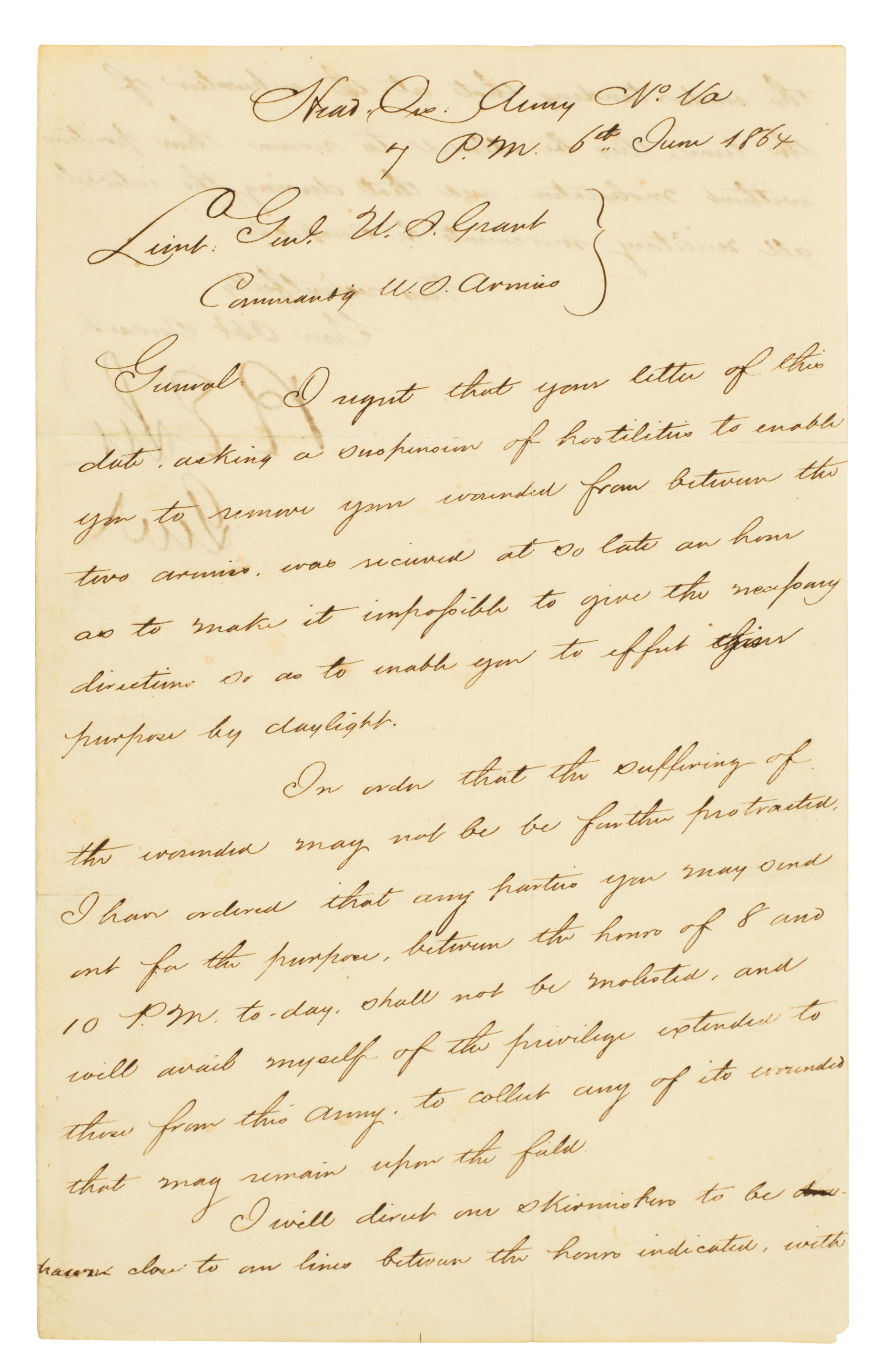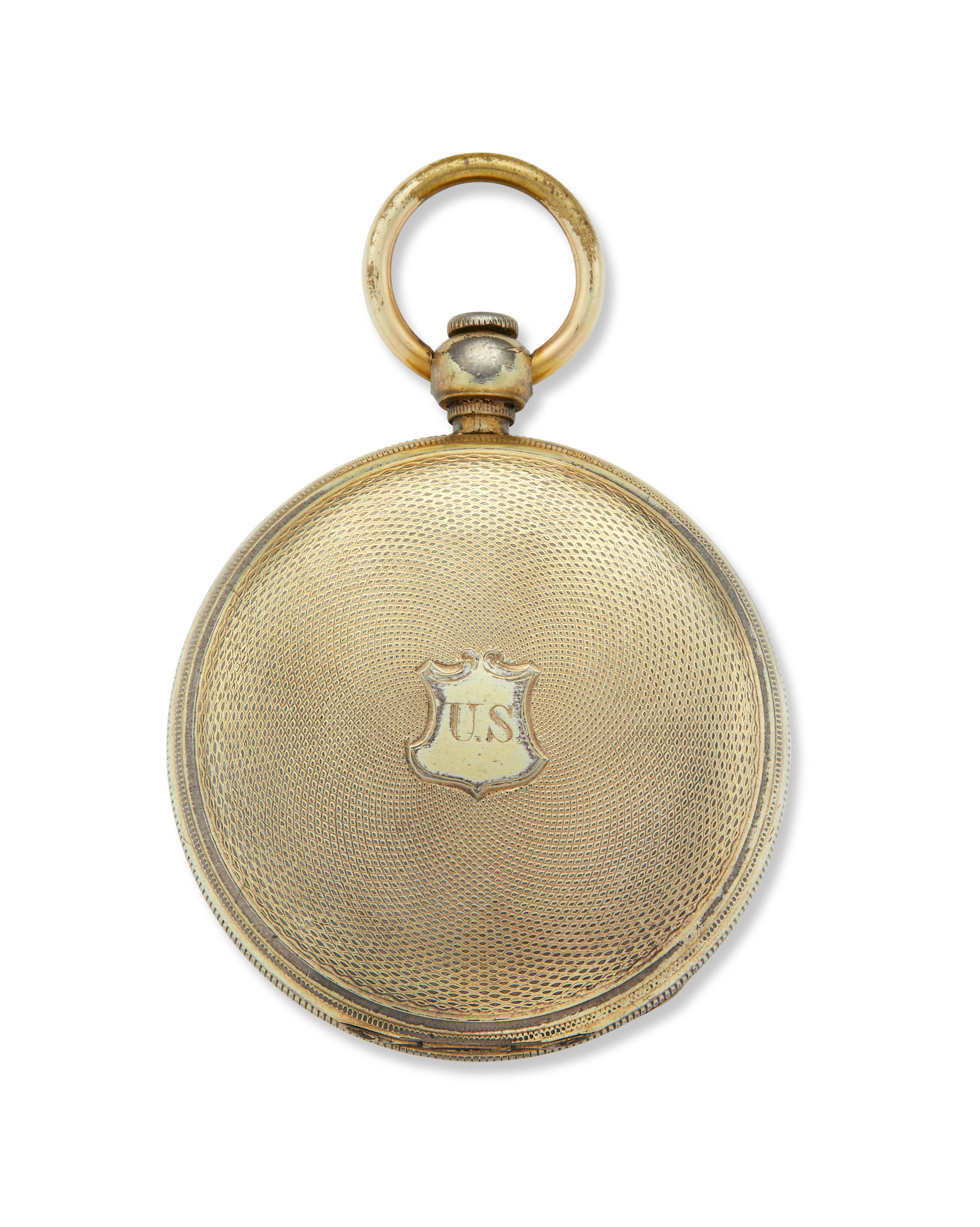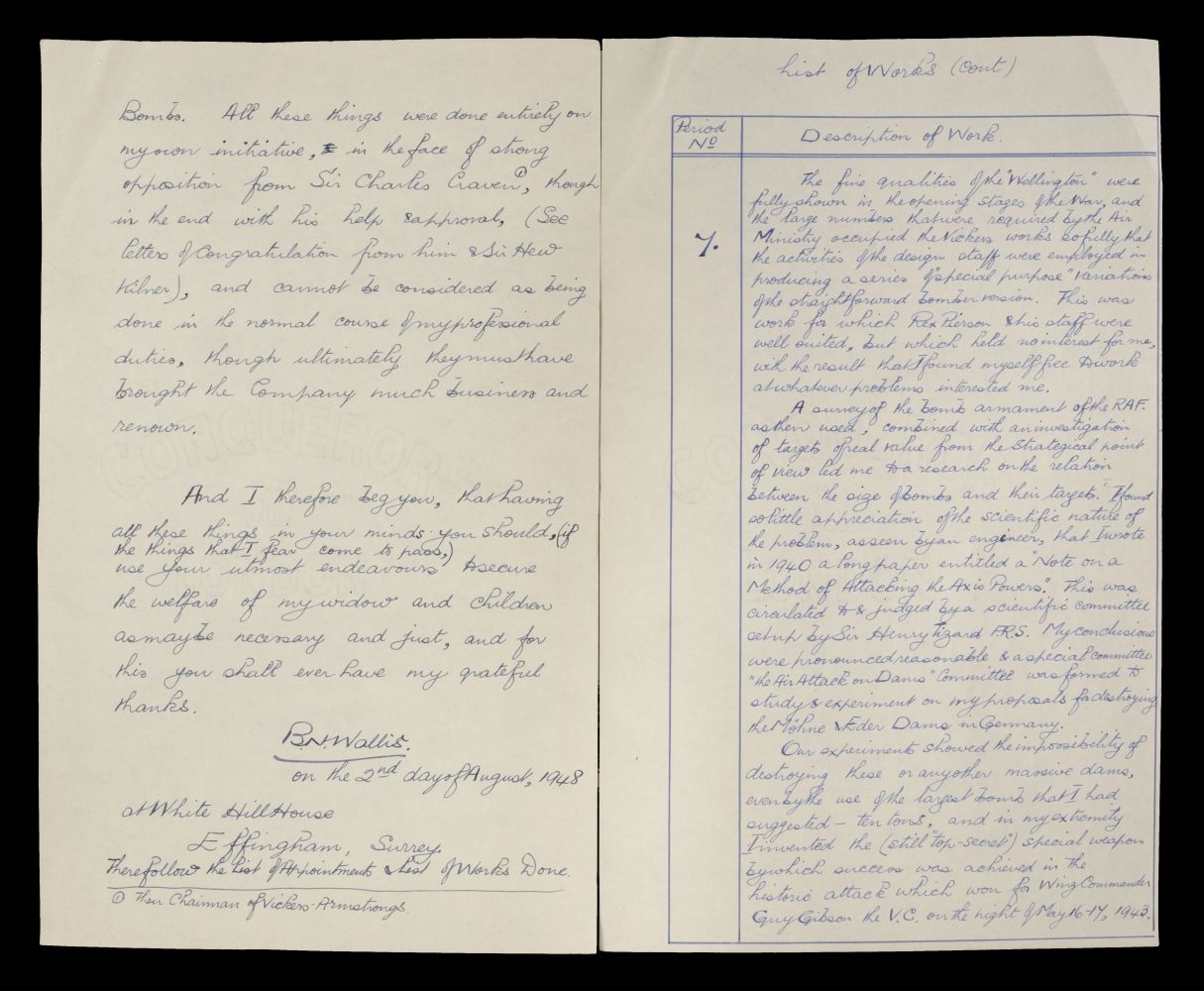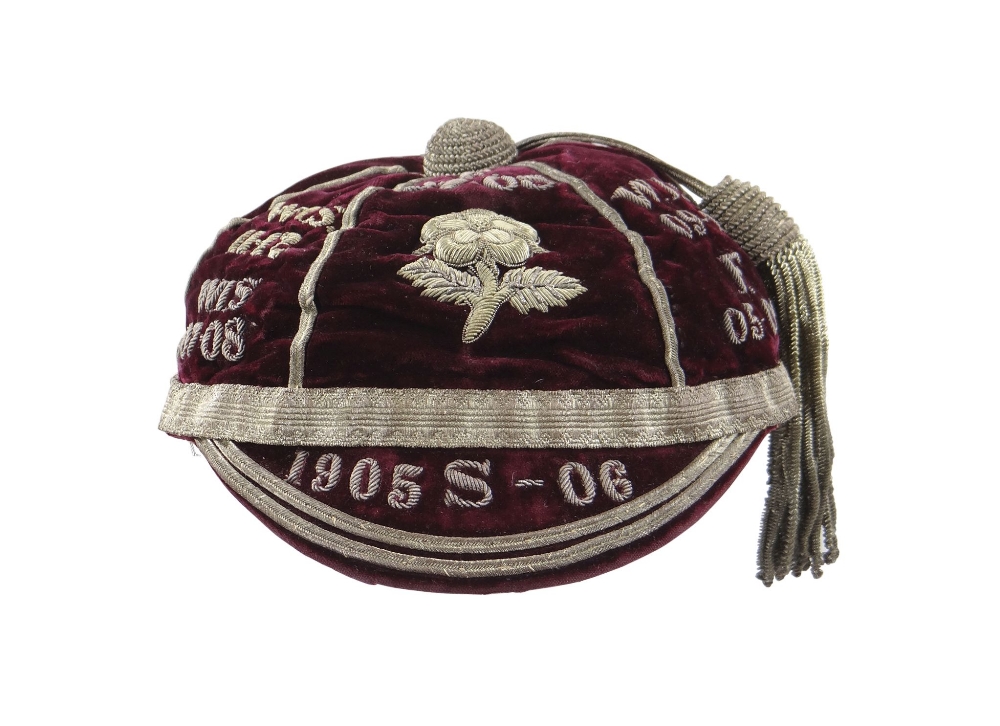An important Great War 'Somme 1916' M.M. group of four awarded to Rifleman T. Green King's Royal Rifle Corps, who was shot on four occasions and captured at Arras when knocked unconscious with the butt of an enemy rifle, he repeatedly carried out acts of sabotage deep behind enemy lines and was 'prepared to suffer' for conducting such actions - on one occasion offering up his finger in order to block and damage a machine manufacturing munitions; the damaged finger would thankfully recover but the machine met its maker He famously climbed Reims Cathedral when it came under heavy shelling in April 1917 and whisked its ancient Standard to safety - with it being safely returned by his descendants in 1982; Green kept a personal account of his experiences which give a fascinating unpublished insight into life on the Western Front Military Medal, G.V.R. (R-10845 Pte. T. Green 8/K.R.R.C.); 1914-15 Star (R-10845 Pte. T. Green K.R. Rif: C.); British War and Victory Medals (R-10845 Pte. T. Green K.R. Rif. C.), minor contact marks, very fine (4) M.M. London Gazette 9 December 1916. Thomas Green served in France with the 8th Battalion, King's Royal Rifle Corps from 21 July 1915. Having trained at Aldershot and Bordon, his Battalion landed at Boulogne in May 1915 and was thrust into the attack at Hooge on 16 June 1915, being part of the first Division to be attacked with flamethrowers. Joining them shortly thereafter, Green likely fought during the Second Attack on Bellewarde on 25 September 1915 and saw further action during the Battle of the Somme, his handwritten diary entries - compiled in 1926 - describing the scene at Delville Wood: 'At last the morning of the attack came, 15 September 1916, after two days of continuous bombardment by the Germans which caused us great casualties. At 4 o'clock we were told to fix bayonets to go over the top, that was after creeping well up to the German lines into an advanced trench.' He then described how, when the whistle blew, they 'went over as one man'. The attack succeeded in taking the first line of enemy defences, but in attempting the second line the Battalion experienced many casualties: 'I myself being the only one left in my bombing squad. I found out that I must do my duty and carry on to my objective, which was a machine-gun and gun team of six men. I got to within 15 yards range and swung my bombs till they were all gone. I had to pluck up and attack single-handed, so I jumped out of the shell hole, ran to the gun emplacement with a round of ammunition in my breech. I shot the sentry dead, and as luck would have it the other five were down the dugout, so I bombed them with their own bombs.' From 14 March-5 April 1917, the 8th Battalion took part in the retreat to the Hindenburg Line. Ceding territory which made up the old Somme battlefields, the Germans took up a new formidable defensive position running from Reims to Vimy. It was at Reims that Green would next distinguish himself. Rescuing the Standard For nearly a millennium, the City of Reims was synonymous with its towering Gothic Cathedral known as Notre-Dame. Not to be confused with the cathedral sharing the same name in Paris, the Reims church was the heart and soul of the region, its tallest towers rising 265 feet above the City's 50,000 residents, its resplendent halls used for the Coronation of nearly every French Monarch since the 13th Century. When the fighting began in August 1914, the invading German army quickly overwhelmed the north-east part of France, including Reims, and transformed the Cathedral into an infirmary. They filled the building with 3,000 cots and 15,000 bales of dried grass to use as pallets - all of which remained inside the building when the Germans were forced on a rapid retreat following the First Battle of the Marne. On 18 September 1914 the first attack came on the Cathedral when 5 shells crashed into the structure. The next day a more devastating barrage took place: 'The projectiles, perhaps inc
An important Great War 'Somme 1916' M.M. group of four awarded to Rifleman T. Green King's Royal Rifle Corps, who was shot on four occasions and captured at Arras when knocked unconscious with the butt of an enemy rifle, he repeatedly carried out acts of sabotage deep behind enemy lines and was 'prepared to suffer' for conducting such actions - on one occasion offering up his finger in order to block and damage a machine manufacturing munitions; the damaged finger would thankfully recover but the machine met its maker He famously climbed Reims Cathedral when it came under heavy shelling in April 1917 and whisked its ancient Standard to safety - with it being safely returned by his descendants in 1982; Green kept a personal account of his experiences which give a fascinating unpublished insight into life on the Western Front Military Medal, G.V.R. (R-10845 Pte. T. Green 8/K.R.R.C.); 1914-15 Star (R-10845 Pte. T. Green K.R. Rif: C.); British War and Victory Medals (R-10845 Pte. T. Green K.R. Rif. C.), minor contact marks, very fine (4) M.M. London Gazette 9 December 1916. Thomas Green served in France with the 8th Battalion, King's Royal Rifle Corps from 21 July 1915. Having trained at Aldershot and Bordon, his Battalion landed at Boulogne in May 1915 and was thrust into the attack at Hooge on 16 June 1915, being part of the first Division to be attacked with flamethrowers. Joining them shortly thereafter, Green likely fought during the Second Attack on Bellewarde on 25 September 1915 and saw further action during the Battle of the Somme, his handwritten diary entries - compiled in 1926 - describing the scene at Delville Wood: 'At last the morning of the attack came, 15 September 1916, after two days of continuous bombardment by the Germans which caused us great casualties. At 4 o'clock we were told to fix bayonets to go over the top, that was after creeping well up to the German lines into an advanced trench.' He then described how, when the whistle blew, they 'went over as one man'. The attack succeeded in taking the first line of enemy defences, but in attempting the second line the Battalion experienced many casualties: 'I myself being the only one left in my bombing squad. I found out that I must do my duty and carry on to my objective, which was a machine-gun and gun team of six men. I got to within 15 yards range and swung my bombs till they were all gone. I had to pluck up and attack single-handed, so I jumped out of the shell hole, ran to the gun emplacement with a round of ammunition in my breech. I shot the sentry dead, and as luck would have it the other five were down the dugout, so I bombed them with their own bombs.' From 14 March-5 April 1917, the 8th Battalion took part in the retreat to the Hindenburg Line. Ceding territory which made up the old Somme battlefields, the Germans took up a new formidable defensive position running from Reims to Vimy. It was at Reims that Green would next distinguish himself. Rescuing the Standard For nearly a millennium, the City of Reims was synonymous with its towering Gothic Cathedral known as Notre-Dame. Not to be confused with the cathedral sharing the same name in Paris, the Reims church was the heart and soul of the region, its tallest towers rising 265 feet above the City's 50,000 residents, its resplendent halls used for the Coronation of nearly every French Monarch since the 13th Century. When the fighting began in August 1914, the invading German army quickly overwhelmed the north-east part of France, including Reims, and transformed the Cathedral into an infirmary. They filled the building with 3,000 cots and 15,000 bales of dried grass to use as pallets - all of which remained inside the building when the Germans were forced on a rapid retreat following the First Battle of the Marne. On 18 September 1914 the first attack came on the Cathedral when 5 shells crashed into the structure. The next day a more devastating barrage took place: 'The projectiles, perhaps inc














/121324/Internet%20Image%201.jpg)
Testen Sie LotSearch und seine Premium-Features 7 Tage - ohne Kosten!
Lassen Sie sich automatisch über neue Objekte in kommenden Auktionen benachrichtigen.
Suchauftrag anlegen